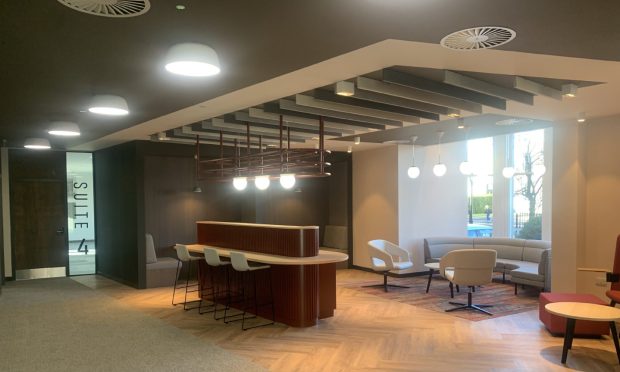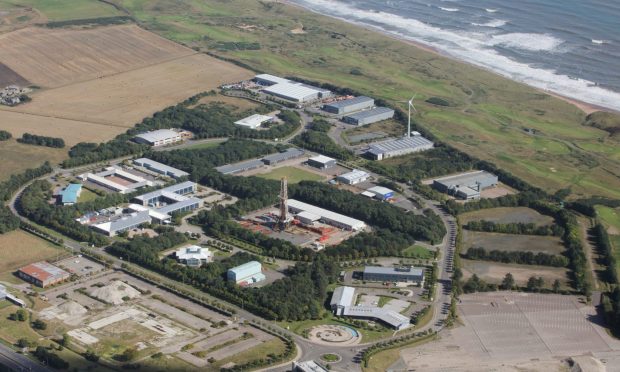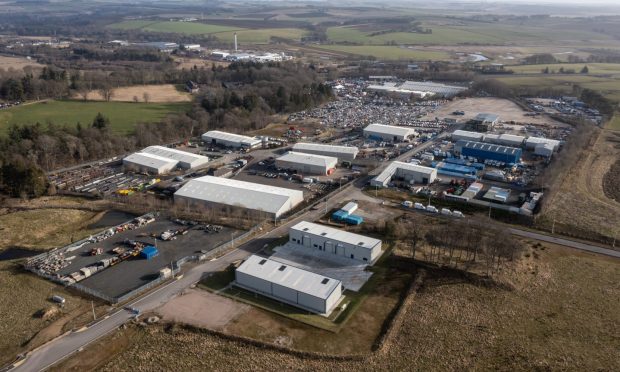It is common knowledge by now that buildings are significant contributors to greenhouse gas emissions.
In fact, around 40% can be attributed to the built environment.
As mentioned in the recent Aberdeen Scottish Property Outlook, we need to take a serious look at our standing assets to make sure they are both resilient and ESG (environmental, social and governance) compliant.
This is particularly relevant to the many granite buildings that characterise Aberdeen’s real estate market.
So where do you start? First you need a retrofitting plan, and then you have to be able to implement it.
Why is a retrofitting plan important for Aberdeen office buildings?
There are a number of reasons why it is vital to ensure our buildings are sustainable.
Key examples include enhanced resilience, reduced operational costs, fewer emissions, meeting regulatory requirements and making sure an asset maintains its value in a competitive marketplace.
In order to achieve this it’s essential to undertake a holistic review of an asset to establish a baseline position.
Knowing where things currently stand will, ultimately, illustrate the scale of the challenge ahead. This should help to create a shopping list of interventions that can improve the ESG performance of buildings.
In Aberdeen, many of our commercial properties are traditionally granite-built, listed and located in conservation areas. They pose significant retrofitting challenges and, unless large sums of money are invested, there doesn’t appear to be an easy fix.
Balancing act
It will, ultimately, involve stripping buildings back to their shells in order to achieve energy efficiency ambitions.
A balance has therefore to be struck between maintaining heritage and improving environmental performance.
For the time being at least, it makes more sense to concentrate on modern multi-let buildings. This involves looking at the data, taking stock, and understanding what’s driving energy consumption and carbon emissions in an office.
Often, the first step is as simple as getting the metering and reporting right to identify energy consumption between landlord and tenant. Keeping on top of primary energy consuming services such as lighting and communications equipment can inform decisions that have a meaningful impact.
Then, it’s all about optimisation. This means taking control and making sure an asset is as “lean” as possible by reducing energy use.
If we work together, it is possible to restore the unloved pockets of Aberdeen back to their former glory, writes Stuart Fyvie of @Savills.https://t.co/91oO8pZIdU pic.twitter.com/sG8ow4l3AK
— P&J Opinion (@PJOpinion) July 11, 2022
Planning larger interventions requires careful thought. For example, how is the building used, what interventions could be best suited to reduce energy consumption and emissions for a specific asset, and when is the best time to intervene?
This means understanding materials and services coming to end-of-life, plant replacement, and maintenance cycles and lease events.
This all effects how the intervention plan can be delivered.
What’s more, it also needs to be looked at in terms of the wider commercial context of the building and future regulatory requirements.
Most importantly, we need to take action and move beyond just reporting to provide tangible results.
The last part of the plan is to monitor and test these outcomes to ensure the asset is operating as intended and, wherever possible, verified using certified schemes.
Having access to accurate energy consumption profiles and data may not only influence management of the office, but key metrics can be shared with occupiers to ensure they are part of the journey.
What can we expect the outcome to be?
Once the plan is in place and it is fully implemented, outcomes can really transform an asset. This may mean anything from tenant retention and improved rental value to greater insight and monitoring capability to maintain performance levels moving forward.
As the old adage goes, if you fail to plan then plan to fail.
This remains especially true when it comes to creating a truly sustainable asset.
Stuart Fyvie is a director in the building and project consultancy team at Savills in Aberdeen.









Conversation